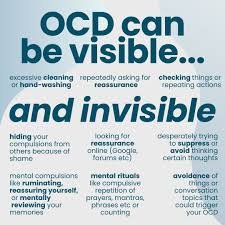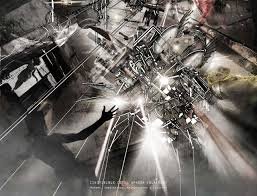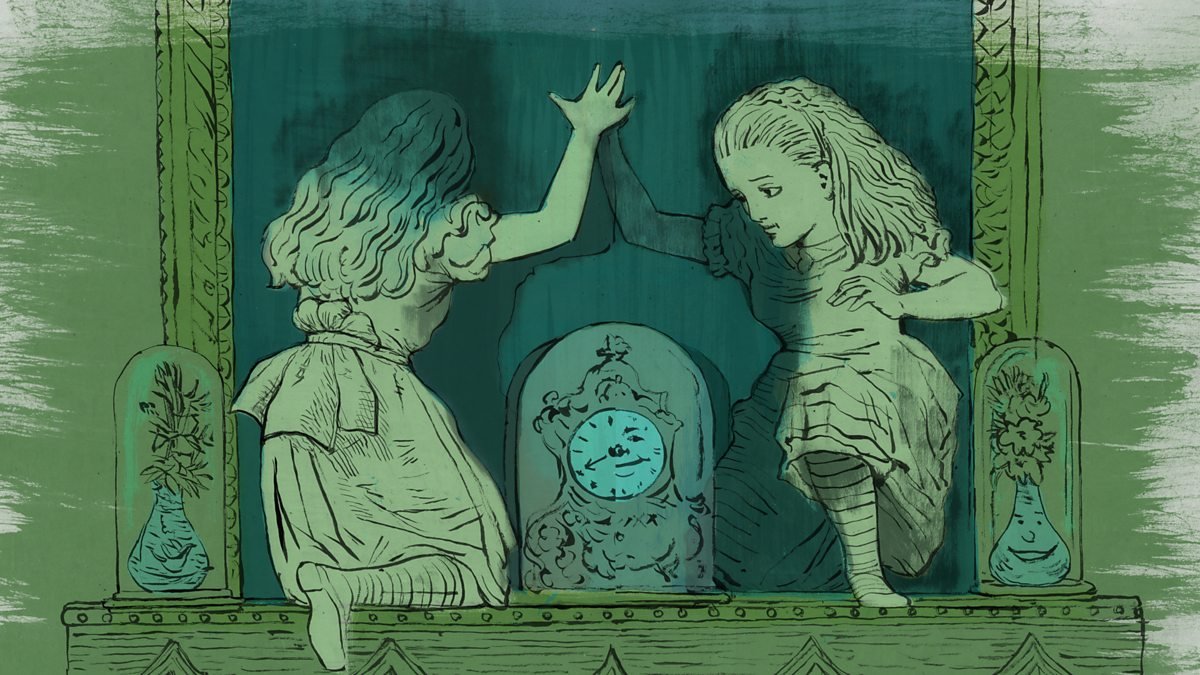Obsessive-Compulsive Disorder (OCD) is often portrayed through its most visible features: repetitive handwashing, checking locks, or arranging objects with extreme precision. While these behaviors represent classic compulsions, many individuals with OCD engage in hidden rituals—covert mental acts or subtle behaviors that are far less noticeable but equally distressing. These concealed compulsions contribute to the persistence of the disorder and often complicate both diagnosis and treatment.
Hidden rituals can take various forms. Some individuals perform mental compulsions, such as silently repeating prayers, counting numbers, or mentally reviewing past events to neutralize intrusive thoughts. Others may engage in subtle physical behaviors, like tapping objects in a discreet pattern, avoiding certain words in conversation, or blinking in a specific way to “cancel out” unwanted thoughts. Because these behaviors are not outwardly visible, patients may appear unaffected, while in reality they are expending significant mental energy to manage obsessive anxiety.
Clinically, hidden rituals are particularly problematic because they blur the line between obsessions and compulsions. Patients may not even recognize these actions as compulsive behaviors, instead perceiving them as natural responses to unwanted thoughts. This lack of awareness can delay diagnosis and reduce treatment effectiveness. Moreover, because hidden rituals do not attract external attention, family members, teachers, or even clinicians may underestimate the severity of the disorder.
Neurobiologically, hidden rituals are thought to arise from the same dysfunctions implicated in classical OCD: abnormalities in cortico-striato-thalamo-cortical (CSTC) circuits, heightened error detection in the anterior cingulate cortex, and altered serotonin and dopamine regulation. These mechanisms create a powerful drive to reduce perceived threats or internal discomfort, even when the behavior providing relief is purely mental.
From a therapeutic perspective, hidden rituals present unique challenges. Standard exposure and response prevention (ERP), a core component of cognitive-behavioral therapy, relies on preventing compulsive responses to anxiety-inducing stimuli. However, when compulsions are covert, it is more difficult for clinicians to monitor whether patients are resisting their rituals. Specialized strategies, such as “imaginal exposure,” self-monitoring logs, and therapist-guided awareness training, are often necessary to address these invisible behaviors. Pharmacological treatments, particularly SSRIs and clomipramine, remain important tools, but they are most effective when combined with psychotherapeutic approaches that directly target covert compulsions.
In conclusion, hidden rituals represent an underrecognized but critical dimension of OCD. Though less visible than handwashing or checking, these mental and subtle behavioral compulsions can be equally debilitating, consuming time, energy, and emotional resources. Greater awareness of hidden rituals is essential for accurate diagnosis, effective therapy, and improved outcomes. By bringing these invisible struggles into focus, clinicians can ensure that the full spectrum of OCD symptoms is addressed, offering patients a more comprehensive path to recovery.






